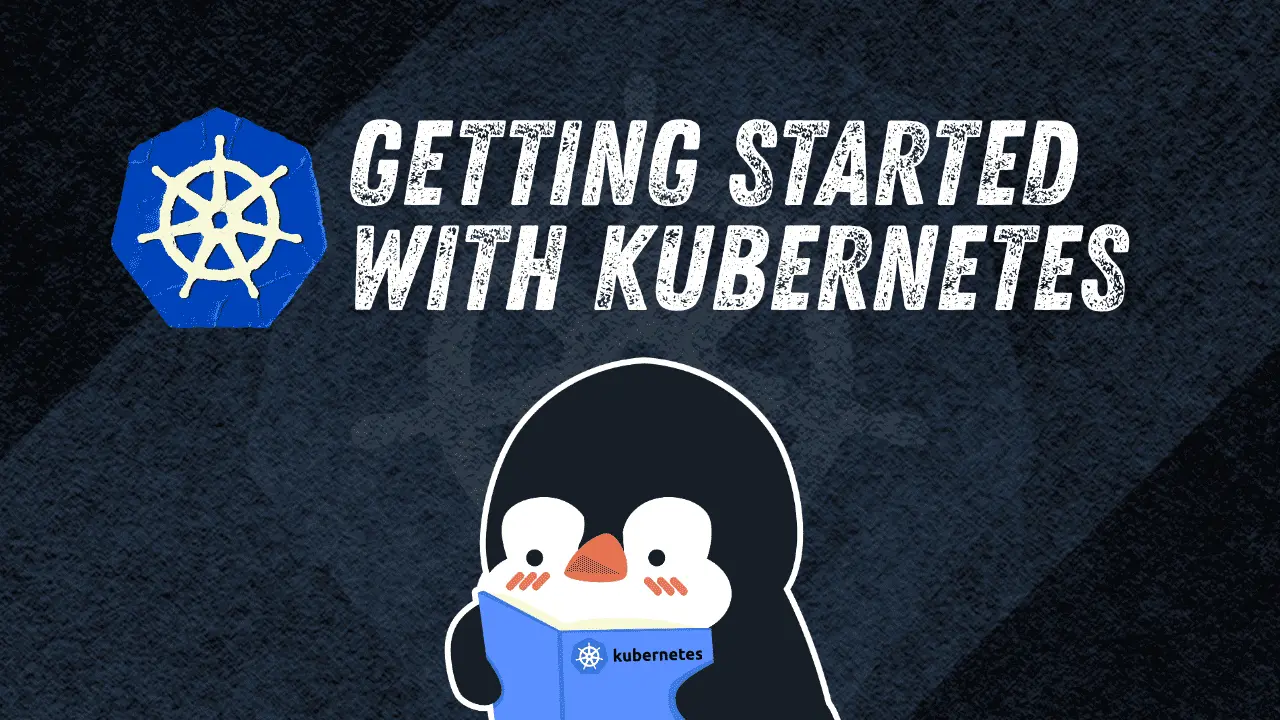Course content
These days, Kubernetes is not optional. Whether you want to be a system administrator or a DevOps engineer, Kubernetes is an essential skill that you should definitely have in your skill set and résumé.
Because of the power of Kubernetes, it has been adopted by all the major cloud services, and many of them offer Kubernetes as a service.
So learning Kubernetes becomes valuable for anyone involved in modern software development and infrastructure.
This course teaches Kubernetes from scratch, starting from the architecture so you can build a good understanding of how to work with and master Kubernetes.
This will include almost all the necessary components of Kubernetes:
- Kubernetes Architecture
- Setting Up a Local Kubernetes Cluster
- Pods and Containers
- ReplicaSets and Deployments
- Networking, Services, and Storage
- Ingress Controllers and Ingress Resources
- Persistent Storage and Volumes
- ConfigMaps and Secrets
- Advanced Workloads and Management
- Observability, Security, and CI/CD
🧑🎓 Who is this course for?
This course is ideal for any beginner:
- Developers moving into DevOps or Cloud
- Sysadmins transitioning to containerized infrastructure
- Engineering students and freshers learning Kubernetes
- Anyone who wants a strong Kubernetes foundation as a beginner
🧩 What you’ll learn in this course?
The course is divided into three modules:
Module 1: Kubernetes Basics & First Workloads
In this module, you’ll build your foundation in Kubernetes and start running workloads on your own system. It covers:
- Introduction to Kubernetes
- What is Kubernetes & Why We Need It
- Setting Up Kubernetes on Your Local Machine
- Working with Pods
At the end of the module, you’ll be able to run Kubernetes locally, understand its purpose, and deploy your first pods with confidence.
Module 2: Core Kubernetes Concepts
This is where Kubernetes stops being “magic” and starts making sense as you learn how Kubernetes actually manages applications. It covers:
- Deep dive into Pod creation & interaction
- Labels and selectors
- Deployments and workload management
- Namespaces and configuration basics
- Multi-container pod patterns
At the end of the module, you’ll understand how Kubernetes organizes, scales, and manages real-world applications inside a cluster.
Module 3: Kubernetes Infrastructure & Internals
Most courses stop at commands. This one goes deeper. You learn about networking, storage, and what happens behind the scenes. This module covers:
- Networking in Kubernetes
- Storage & persistent volumes
- Recap with practical demos
- From
kubectlcommand to cluster execution
By the end, you won’t just use Kubernetes, you’ll understand how your commands flow through the system and become running containers.

